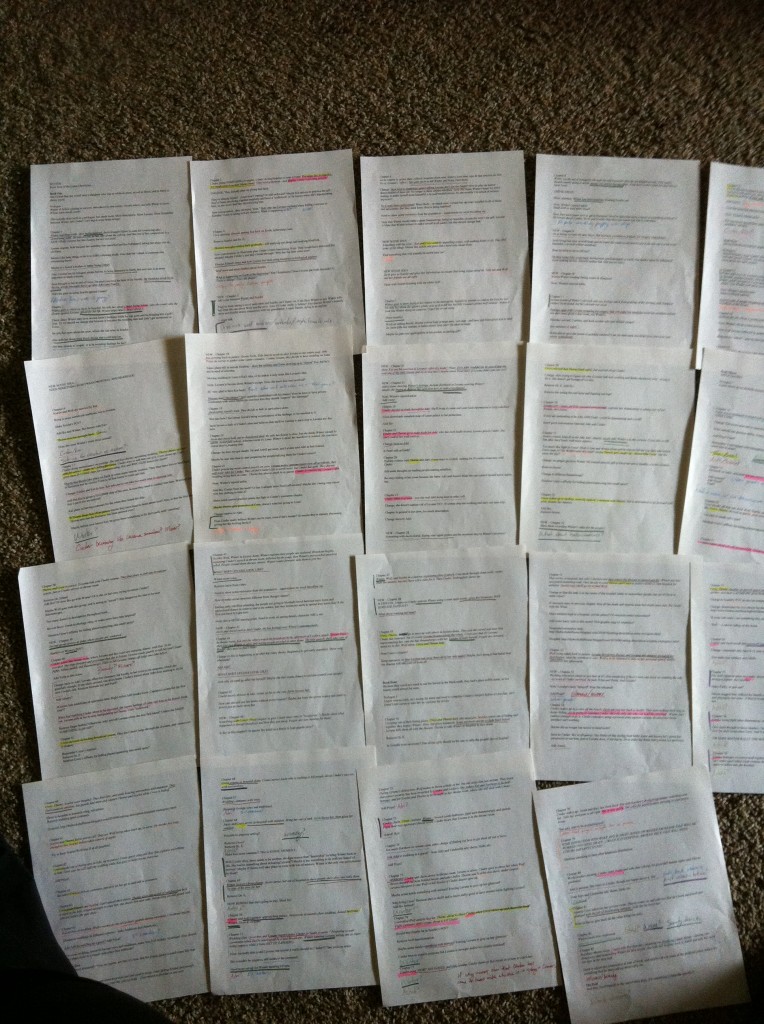Do you need a spoonful of sugar to help those truthful/opinionated
critique group comments go down? Keep reading. I loved this WriteOnCon article
on How to Handle Editorial Feedback by author Dianne Salerni. Basically,
Salerni says she goes through the following six stages when she reads feedback
on her manuscript.
Stage 1: No! She’s wrong! She is absolutely and completely
wrong about this!
Stage 2: Crap. She’s right.
Stage 3: But I can’t fix it! Changing this will have a
domino effect and make the entire plot unworkable. It cannot be fixed!
Stage 4: Oh, wait. I see how to fix it.
Stage 5: You know, this change is pretty good. I’m liking
it.
Stage 6: This is brilliant! Why didn't I do it this way in
the first place?!
I've never analyzed it into stages like this, but yeah. Changes
are either easy-fixes where I instantly see the improvement or I follow these
steps to some degree. Here is more wisdom from Salerni: “I have come to accept
these stages. I also understand that it’s not possible for me to skip the scary
and upsetting ones, even though I know the later, more positive stages are
coming. The trick is NOT to respond to the critique while you are in the throes
of Stage 1 or Stage 3!”
We newbie writers need a lot of things divulged to us and
a multiplicity of readers to compare which spots they keep pointing out. Feedback
is our friend. It's a valuable learning tool. It lets us perfect our craft. The already
mentioned article includes a great quote from Neil Gaiman. “Remember: when
people tell you something’s wrong or doesn't work for them, they are almost always
right. When they tell you exactly what they think is wrong and how to fix it,
they are almost always wrong.”
YOU are the one who best knows your story and
how to work the magic it needs to bring your manuscript to the next level. Bring the
feedback on.

